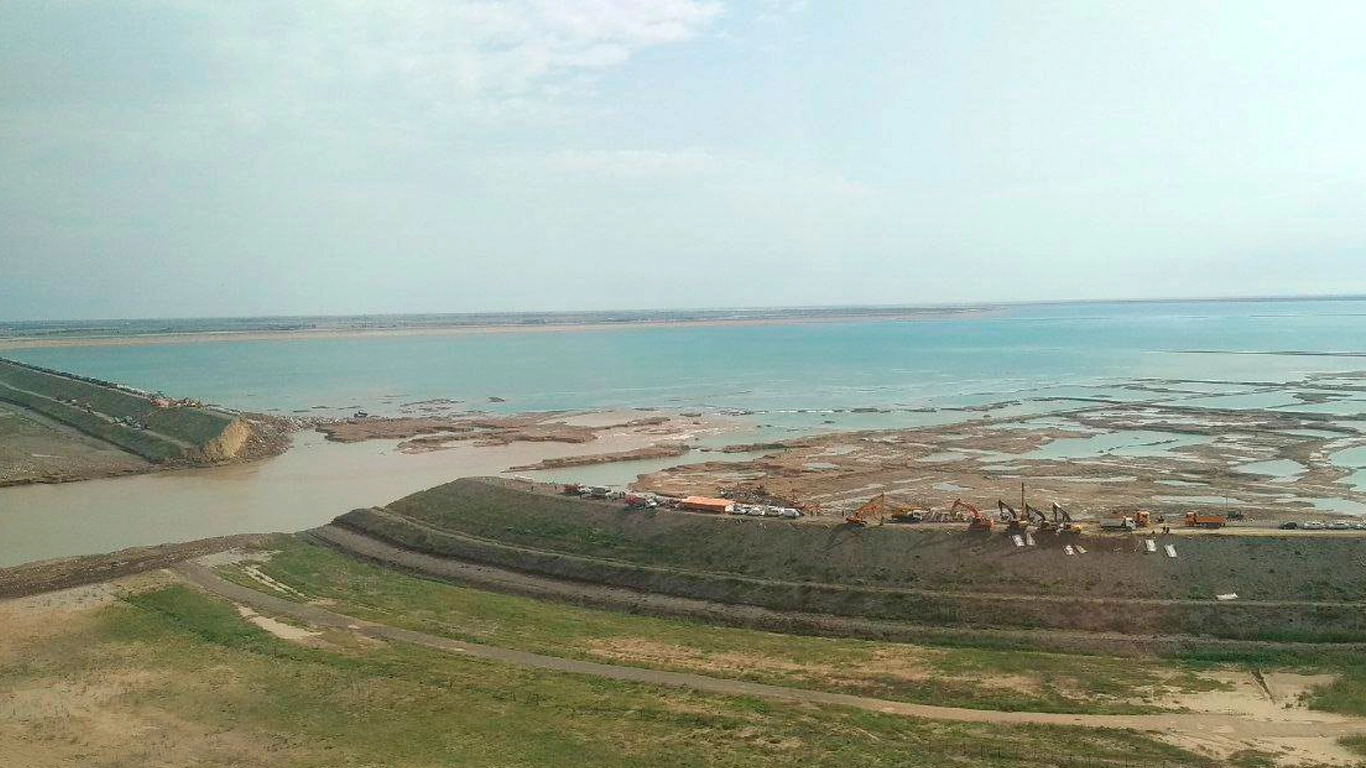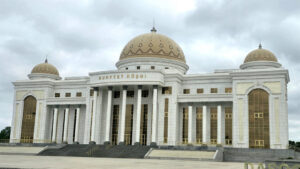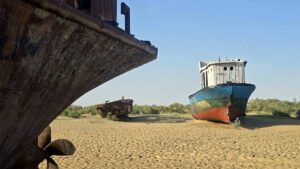27-29 March 2025 | Total distance: 408km
From Tashkent the plan was to drive back to Buka, the town that we stayed in on our first night in Uzbekistan, as I didn’t need to cycle the same road twice and rejoin the line of my journey there. Rather than heading straight for the Kazakhstan border, I diverted, as planned, to include two stories about water conflicts and the need for cooperation between countries in Central Asia.
SARDOBA RESERVOIR
From Buka I pedalled across verdant looking farmlands. Being early Spring, fields of rice and cotton were being planted. This was a cold day on the bike; 6 degrees C and icy rain at the start of the ride. The road was busy with trucks and farm vehicles. I passed through many small villages, each with their onion-domed mosque as the centrepiece of the community.
After 36km, still wet and cold, I crossed the Syr Darya, now a much more imposing river than in Khujand. It literally carves its way towards the Aral Sea, still about 1400km away, through sand-based countryside leaving prominent cliffs to collapse into the water. We stopped for lunch in a small roadside cafe; the two women who ran the business were both intrigued and impressed and insisted on giving Georgia and I a Snickers Bar each.
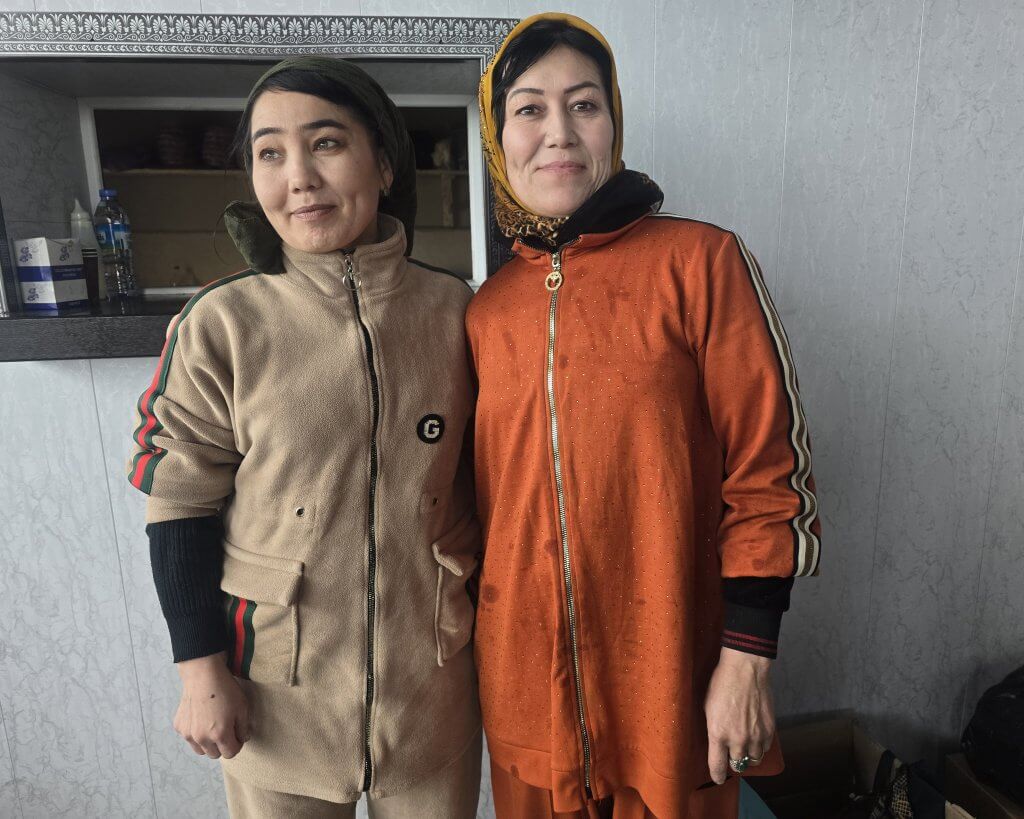
I was surprised to encounter so much heavy industry in this the Sirdaryo region. The roads were very busy, laden with trucks that left me little room as I dodged puddles booby trapped with potholes. It was not fun. Finally after 70km, we turned on to a quiet asphalt road and headed in the direction of Sardoba Reservoir.
On 1st May 2020, after five days of of severe storms, a dam wall at the Sardoba Reservoir collapsed and water poured through a breach onto cotton fields and villages.To reduce water pressure on the walls of the reservoir and prevent further collapse of dam walls, its gates were opened. Water spilled into the Southern Golodnostepsky Canal and its offshoots, with the intention of sending it to the Aydar-Arnasay lakes – a wetland of international ecological importance. The capacity of the canal was overwhelmed, and the flood expanded. The volume of water lost could exceed 500 million cubic metres of the 922 million cubic metres the reservoir was designed to hold. The flooding affected more than 35,000 hectares of land in Uzbekistan and Kazakhstan. Six people died and 111,000 were evacuated from the Syr Darya river basin.
The Sardoba reservoir was built on a canal of an old transboundary irrigation system that straddles Uzbekistan, Tajikistan and Kazakhstan. The structure was planned back in 2008 and built in 2010-2017.
The plains where the Sardoba dam was built are known as the Golodnaya Steppe (which means ‘hungry grassland’ in Russian). They are naturally too dry to produce grain but were transformed during the Soviet era into an intensively irrigated agricultural area, producing grains and cotton, now one of Uzbekistan’s major exports. The Sardoba dam was built to guarantee a consistent water availability to the region that would turn one growing season a year into growing two crops annually. In Soviet times, resources were shared in the region but after the break up of the Soviet Union, the mountainous countries (Kyrgyzstan and Tajikistan) controlled the water flow, particularly through the hydro-electric dams. Not enough water was reliably getting to the “Hungry Grassland.”
In visiting the region I wanted to show the human side of the tragedy and find out how the local people were affected. This is not a place travellers usually visit, so Ilhom (our guide) asked some locals where we could stay. We were directed to Karamat and Yusuf’s home in the tiny village of Uchtam, eight kilometres from the reservoir.
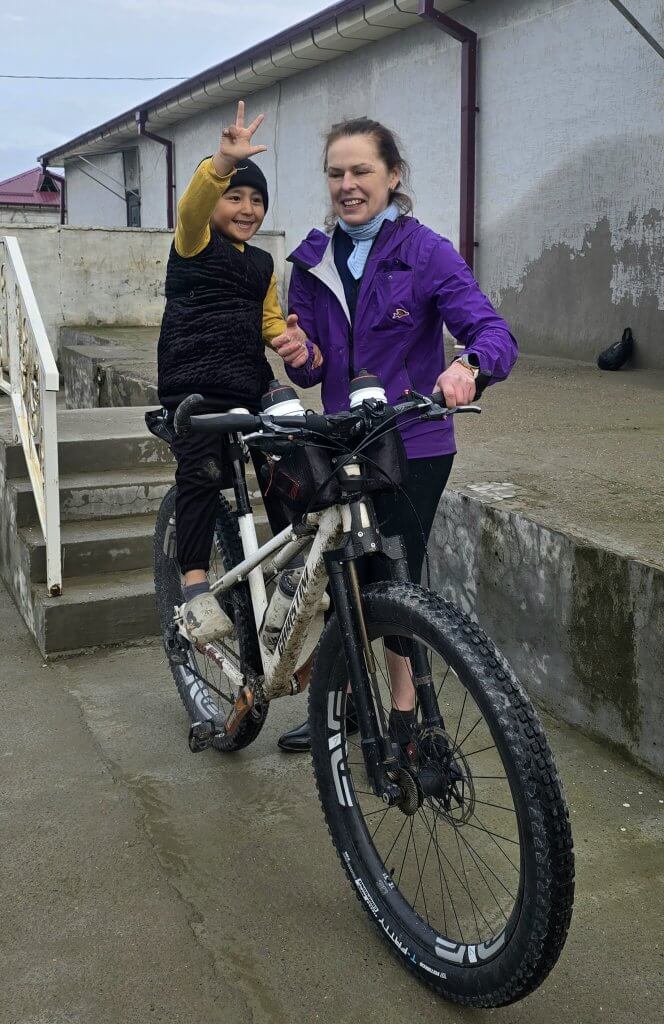
We were greeted by the extended family and despite it being Ramadan, they put us up in their home and moved in with other family members for the night. Karamat was an incredible character who seemed to be the boss. She was the technology teacher in the local school and somehow fit in all the chores the woman of the family is required to do – milk the cow, cook, bake the bread… Yusuf is a war vetran of the Soviet-Afghanistan War and seemed to spend his time running the farm. He was very interested in what a cow would cost to buy in Australia and how much farmers get for selling lambs. We were shown around – I even got to milk the cow!
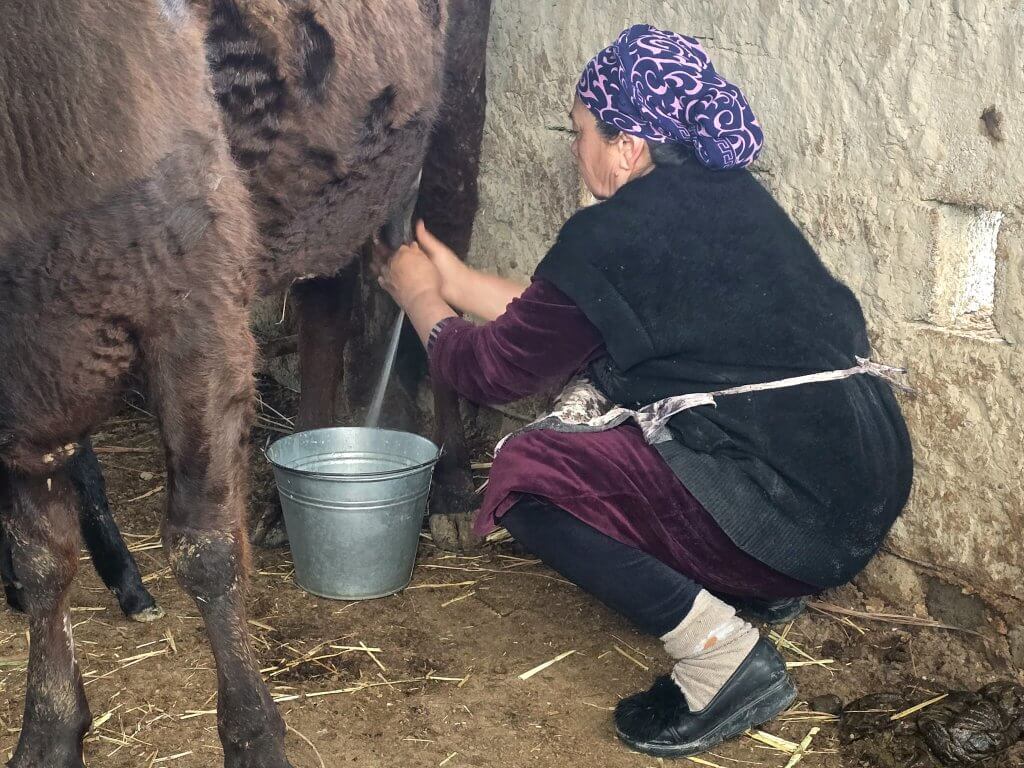
After a warm, comfortable night’s sleep, we were invited to breakfast with Karamat and Yusuf – freshly baked bread made with four-day old milk (Like a big scone), home made apricot jam, some of the best butter I’ve tasted and tea. I was able to ask about what happened when the dam broke. Being just 8km from the dam, when the gates were opened they received the urgent message to “get out now”. They had no time to grab anything or let the animals go. Yusuf was the last person out as he saved several of the older, less mobile women of the village. By the time he escaped, water was up to his waist. The water level reached five metres above their house. Everything was lost; all animals, their home and with it their livelihoods and way of life. They were homeless, in make-shift accommodation for about two years.
The Uzbekistan government, however, made good on their commitment to care for the victims of the flood. Some houses in the village (including Karamat and Yusuf’s place) were rebuilt while other people were relocated into new accommodation. Each family was provided with a cow and four sheep to help get them back on their feet. They had lost four cows and twenty sheep to the flood.
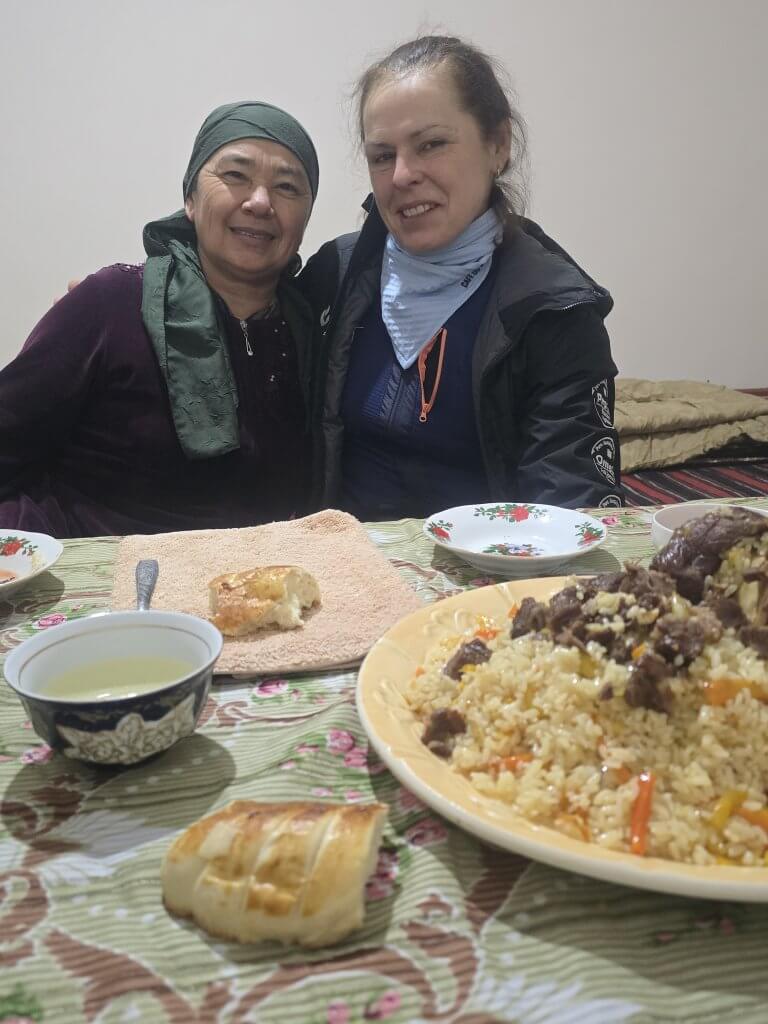
Yusuf accompanied us to the reservoir to see if we could take a look. The wall in 127m high and several kilometres long – it is enormous. Two Kilometres from the dam gates, we reached a checkpoint and were forbidden to go any further. The Sardoba accident is still politically very sensitive because they are still trying to determine who should take the blame. Yusuf declined to say anything controversial on camera.

CAUSES
Even though in Soviet times it was determined that this region was unsuitable for building such an enormous dam due to its gypsum-based soil, the new Uzbekistan government, determined to alleviate the water issues caused by trans-boundary conflicts, went ahead and built Sardoba.
Climate change could have also played its part in the disaster. Igor Shkradyuk, a renewable energy expert and head of industrial policy at the Biodiversity Conservation Centre, said, “Uzbekistan still uses calculations from Soviet times… But the climate has changed. For Central Asia, the main issue is the rapid melting of glaciers increasing river flow, but precipitation patterns have also changed dramatically. It is necessary to develop new hydrological models taking into account climate variability and upgrade hydraulic engineering structures to prepare for the greater likelihood of catastrophic floods.”
We bid farewell to Karamat (who had to race off to school), Yusuf and other family members and set off towards the next adventure – Aydarkul Lake. It was a 98km day, weaving through a patchwork of small roads. I noted there were quite a few farm buildings abandoned due to the flood, but still there was much activity; sheep, goats and cows were being grazed along the roadside by the farmers (and their sometimes aggressive dogs).
Aydarkul Lake was formed in 1969 when the catastrophic spring floods caused authorities to divert half the Syr Darya’s water into a dry salt pan, Aransay pit., on the edge of the Kyzylkum Desert. Since then, Aydar has been constantly growing in size. It is the major part of the Aydar-Arnasay system of lakes, which covers 4,000 square kilometres.
I pedalled to the small village of Nowroz near the shoreline and after some negotiation, the shop owner agreed for us to stay. The highlight of the evening was the evening meal of fish caught in the lake by the woman’s sons – a prime fishing place. Aydarkul Lake is also an important sanctuary for migratory birds travelling from as far away as South Africa.
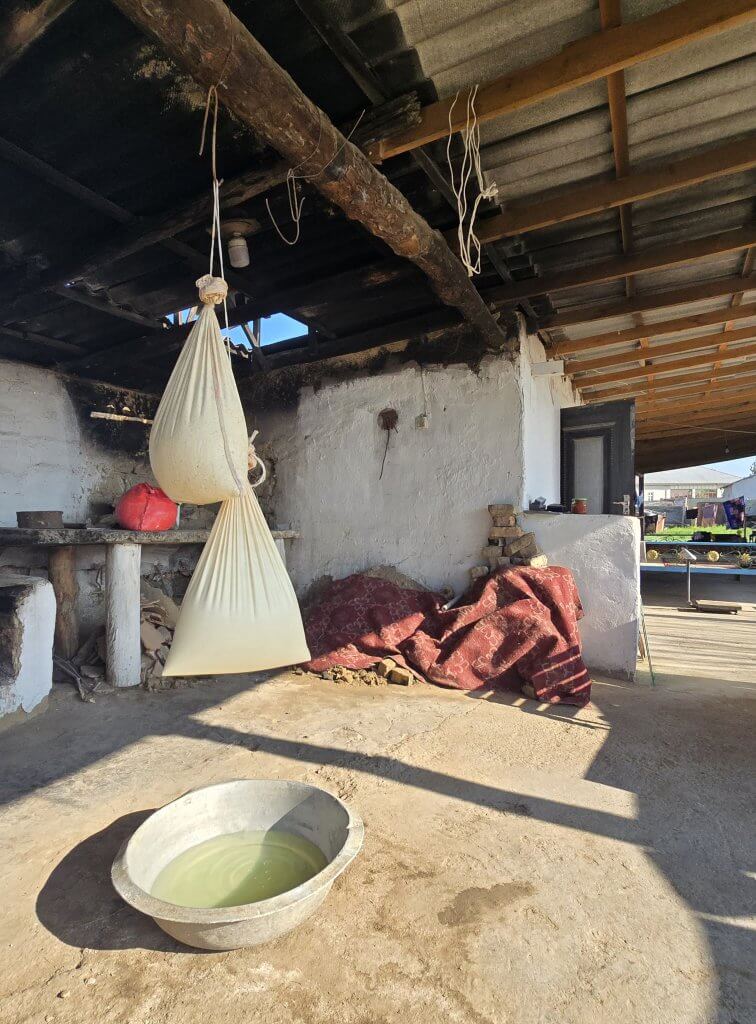
The visit to Sardoba Reservoir and Lake Aydarkul were a worthwhile diversion off my route amongst a very complicated borderline between Uzbekistan and Kazakhstan. There are a couple of border posts open to locals but we had to drive back over 150km so I could rejoin the line of my journey, connecting to it beside the Syr Darya.
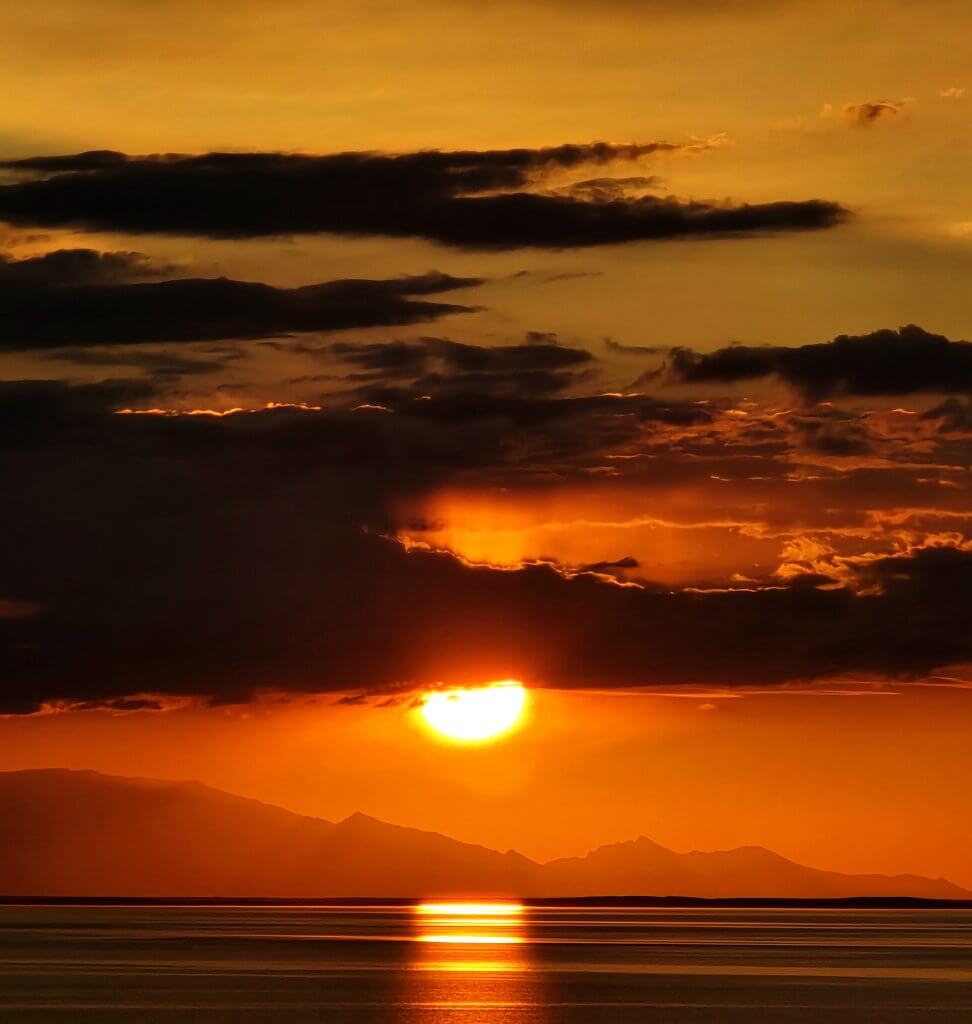
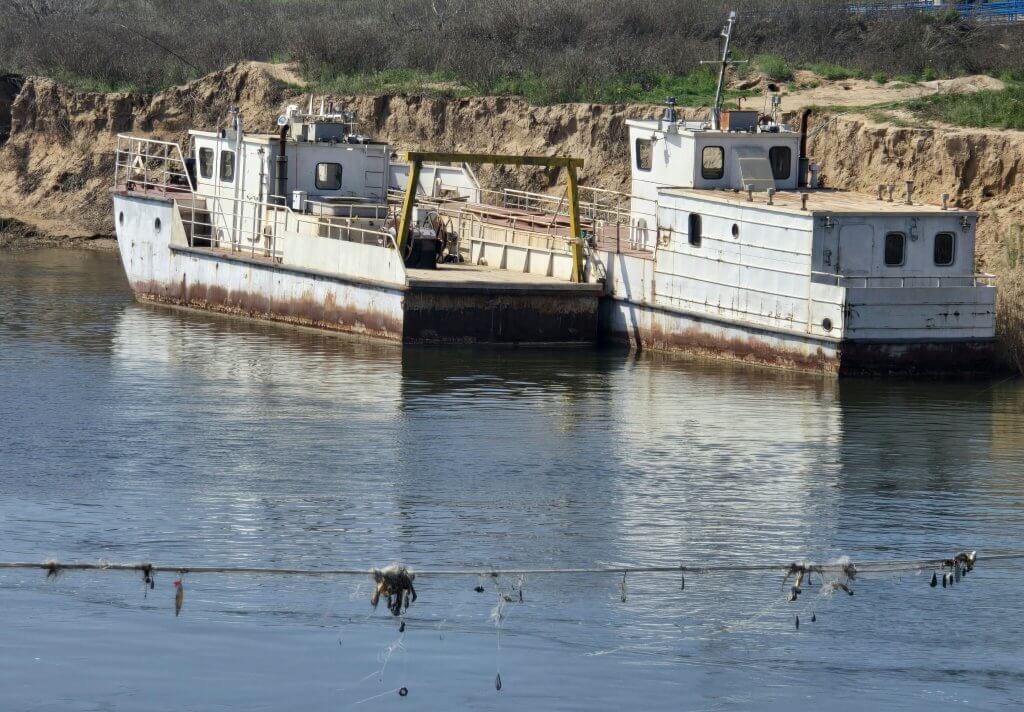
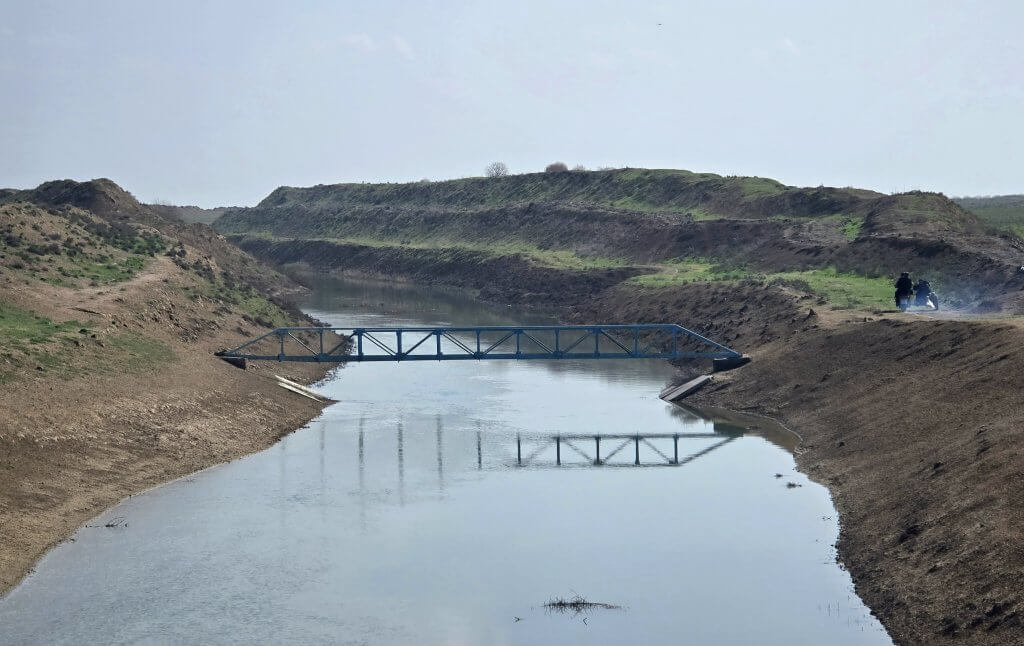
FOLLOW THE JOURNEY
Thanks to ZeroeSixZero, you can open this link on your phone and select “add to home screen” and the map will become and app. You can then keep updated in real time.
TAKE ACTION
Support my Water.org fundraiser to help bring safe drinking water and sanitation to the world: Just $5 (USD) provides someone with safe drinking water or access to sanitation, and every $5 donated to my fundraiser will enter the donor into the Breaking the Cycle Prize Draw.
EDUCATION
An education programme in partnership with Exploring by the Seat of Your Pants, with contributions from The Royal Geographical Society and The Duke of Edinburgh’s International Award Australia. We have created a Story Map resource to anchor the programme where presentations and updates will be added as we go.

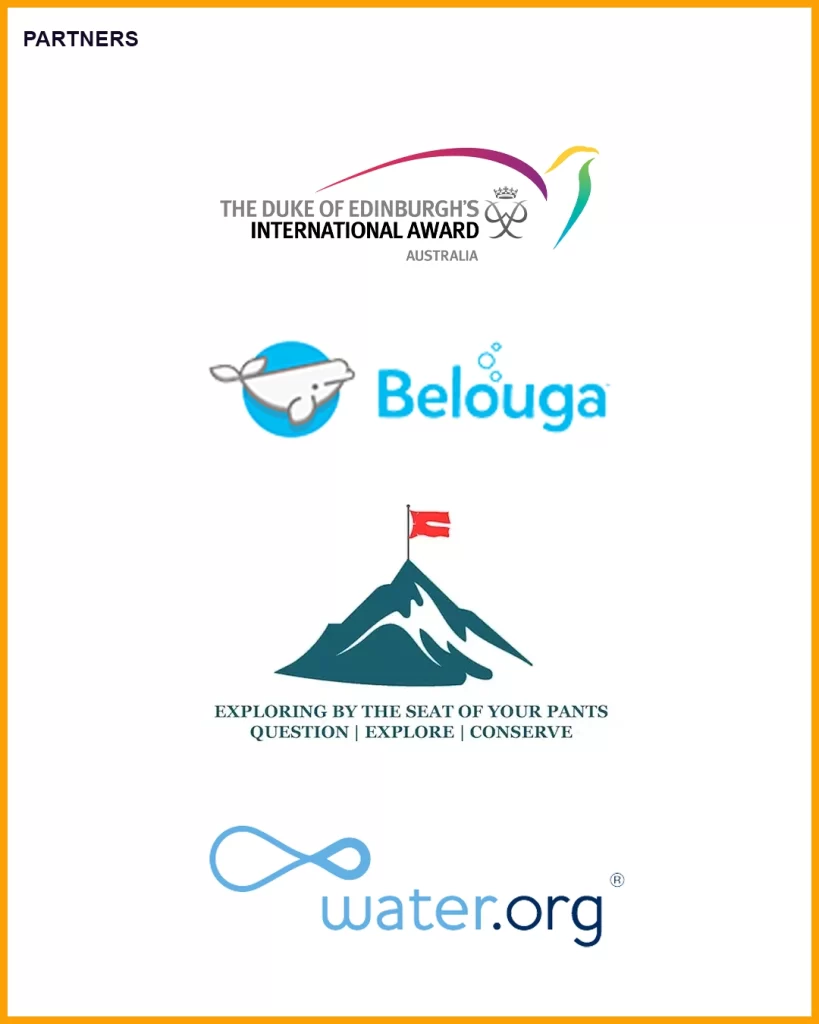
Feature image source: KUN.UZ

